Design MARCH VII
The MARCH VII is the seventh prototype in the Project MARCH series of exoskeletons. On March 11, 2022, the seventh team presented the design of this exoskeleton and the challenges they face with it. The biggest challenge: making the exoskeleton walk fully dynamically and making it user-friendly. The goal is not to go faster, but to walk anywhere we want. This page explains how the seventh team tackles these challenges using the design.
Depth cameras
The exoskeleton must obtain information about the environment in order to fully walk dynamically. This data is used to calculate and predict the next steps. The seventh team implemented a new sensor, a depth camera, to collect this data. This depth camera serves as the eyes of the exoskeleton. As with the biological process, the camera extracts 3D information from digital images by comparing information about a scene from two points of view. The software translates this information into regions where the exoskeleton can walk and calculates how the steps need to be adjusted.
Pressure soles
Due to the challenge of uneven terrain, balance is even more important than in previous years. The exoskeleton is not allowed to take a step if the weight of the pilot is still above the foot. Lifting this foot creates even more instability. In order to know on which foot the weight of the pilot rests, pressure soles are needed. These soles measure pressure at different locations in the foot, allowing a more accurate estimate of the pilot's balance.
Joint design
The joints of the exoskeleton are of great importance. The seventh team implemented a motorized hip, knee and ankle. The translational joints saw the largest improvement this year. The strength of the translational joints is increased by improving the core actuator with a custom motor design that is powerful and fits within the size constraints. The lever arms and spindles in each joint are replaced to allow for improved range of motion. This results in joints that are over 3 times stronger and allow for at least 15% wider range of motion.
Springs
During walking a motion occurs known as “push off”. When you walk, part of your step involves pushing off with your back leg using your toes. This push off helps to create the forward momentum needed for a natural walking pace. Moving the entire weight of man and machine requires a lot of force that the joints can not deliver currently. This is overcome by adding a spring. The spring still allows for total freedom of moving the joints, whilst providing the extra force necessary in the ankle for the push off.
Splash proof
MARCH VII wants to step outside at any moment, but electronics are not pleased with particular weather scenarios. Smart solutions are created for a splash proof design. By making the parting lines of the covers overlap, including seals and limiting open areas near the joints, water cannot seap in. If water does seep in, there are gutters in the covers that guide the water back out.
Electrical components
The power distribution board has been refined to deliver more stable power to the system. The communication boards have been completely redesigned for better message passing. Accurate temperature sensors are added to the joints and other key locations to avoid hazardous situations and irreparable damage.
Click-on shoes
MARCH VII wants the pilot to be able to use his daily footwear in the exoskeleton. By customizing the shoes and incorporating a click-on system in the sole, the shoe can slide into place, after which the heel is locked onto the footplate of the exoskeleton. To release, the pilot can simply use the release handle and pull at the back of the shoes.
Cable management
Having quick access to all cables and electronics that are attached to the bones is key. For this, a new is created for the electronic trays: The cables are stowed away behind a hinging door, onto which the electronics are attached. This design decreases the risk of damage due to incorrect clamping of cables or touching of components. Also having the benefit that electromagnetic interference is reduced.
Fixtures
The fixtures are the parts that connect the pilot to the exoskeleton. These go around the legs and stomach of the pilot, carry his weight and are exactly shaped to the pilot's body. These fixtures must be secured while the pilot is sitting. MARCH VII wants the pilot to be able to close all fixtures himself. For reaching the fixtures at the lower legs and feet, he needs to be able to lean forward. By making the torso fixture both lower and go less in front of the stomach, the pilot has more freedom of movement to adjust the leg fixtures.
Input device
The pilot controls the movements of the exoskeleton through the input device attached to the crutches. This year the input device is completely redone, a smartphone is utilized as the core of the device. It already has a big screen, a strong battery and is accessible to develop software for. The smartphone has also resulted in the first wireless input device of Project MARCH. Via an app, information is clearly displayed about the exoskeleton such as the currently executed motion pattern and battery life. Selection of walking patterns is done by an ergonomically placed scroll wheel.
EEG
MARCH VII is investigating the option of using electroencephalography, or EEG, a technology that measures the pilot’s brain waves. Using classification algorithms, the machine can determine if the pilot wants to start or stop walking, based on his thoughts. Such a brain computer interface opens more doors for providing a hands free experience.









